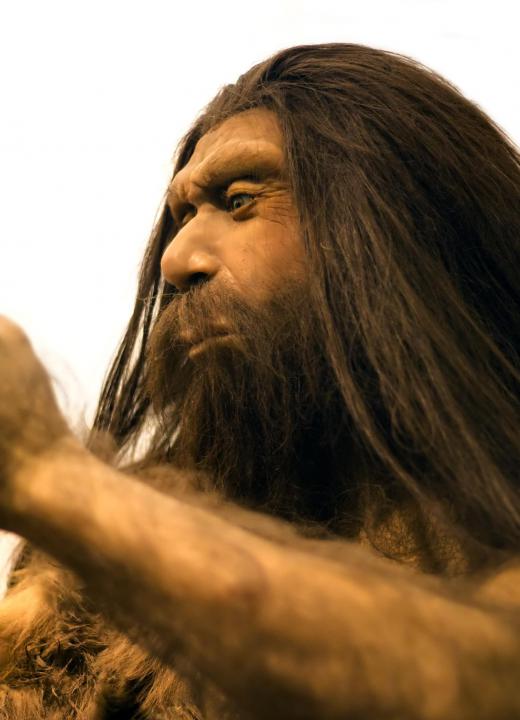What are Hominids?
 Michael Anissimov
Michael Anissimov
Hominids are the biological family of which humans are a member. Informally, they are known as the Great Apes, and include four genera: humans, chimpanzees, gorillas, and orangutans. Hominids can be broken down into two subfamilies, Ponginae, which includes orangutans (Pongo) and Hominae, which includes gorillas (Gorilla), chimps (Pan), and humans and their extinct close relatives such as Neanderthals (Homo). The definition of “hominid” has changed several times in the past: at one point it referred only to humans and our extinct close relatives, and this old definition sometimes persists to today. “Hominid” means “human-like”.
Hominids, especially humans, can be considered the most intelligent biological family on the planet. The products of human intelligence are ubiquitous and quite startling — the computer you’re using to read this, for instance — while signs of intelligence in other animals is more subtle. At least one gorilla, Koko, has been taught to use a rudimentary form of sign language.

Hominids have been around on Earth for about 7 million years. Around six million years ago, the evolutionary line which gave rise to humans separated from the chimpanzees. In order of genetic relatedness to humans: chimps are closest, followed by gorillas, then orangutans. All hominids have at least 97% genetic similarity to modern humans.
Hominids live in social groups and some use simple tools, such as sticks, to catch insects. Besides a subset of humans, hominids are largely vegetarian. Hominids are sufficiently intelligent that there exists an ethical movement to grant them personhood, called the Great Ape Project. No one has either proved or disproved that hominids besides adult humans have a theory of mind or are capable of empathic deception.

Studies of hominid fossils, such as the australopithecine “Lucy” have elucidated an enormous amount of useful information about the relations between different genera in the hominid family. Some species of extinct hominids include Gigantopithecus, Sivapithecus, Lufengpithecus, Ankarapithecus, Paranthropus, and Ouranopithecus.
AS FEATURED ON:
AS FEATURED ON:













Discussion Comments
Yes Talentryto, it's interesting to see how much modern human resemble ancient ancestors.
It is interesting to study about the hominid family tree and learn about the similarities to homo sapiens. From using tools to hunting and gathering to raising families, you can learn a lot about humans from their early ancestors.
Post your comments